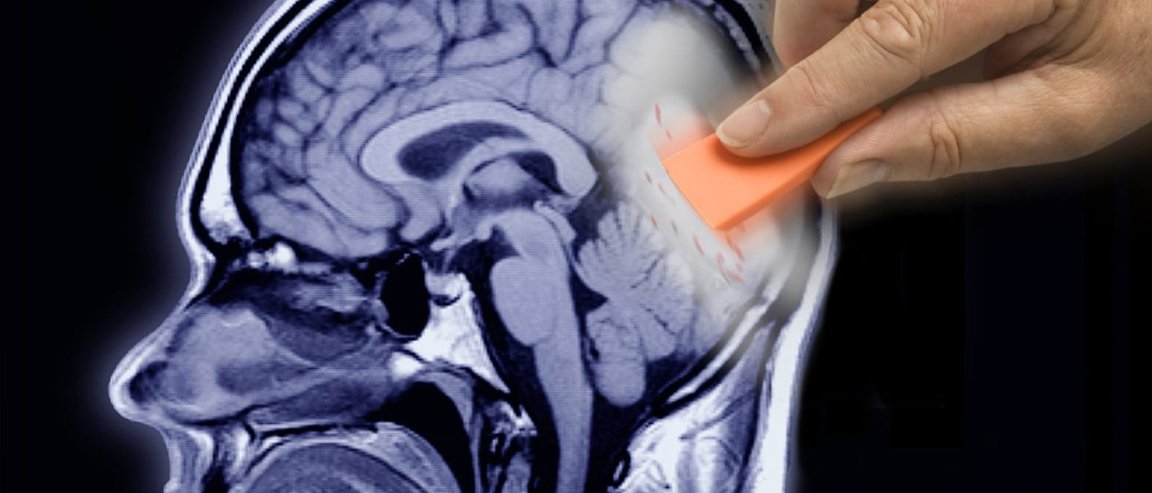
This Magnet Will Jog Your Memory
We believe we’ve figured out a lot about how our brains handle memories. We’ve identified the parts of the brain that are active in making memories and the parts that store long- and short-term memories. We thought we knew that memory retention was a function of relevant neurons being active, as well, but new research published in the journal Science shows that that may not always be the case.
A team from the University of Wisconsin-Madison has discovered that applying an electromagnetic field to specific parts of the brain can reactivate recent memories. By applying the field using a technique called transcranial magnetic stimulation (TMS), the researchers found they could make a memory that didn’t seem to be active in a person’s brain according to traditional monitoring methods appear active again, according to the study.
In the study, the researchers would ask a participant to remember two different types of information, such as a word and a face. When the researchers would target the part of the brain where short-term memories of words are stored with the TMS, the subject would feel prompted to recall the word they’d be asked to remember, even if they were being verbally told they’d soon be asked a question about the face.
While determining how the brain decides what information to retain as a working memory and what information to set aside isn’t clear, this new study shows how it’s possible to bring latent memories to the foreground. “We think that memory is there, but not active,” Bradley Postle, one of the researchers involved with the study, told Neuroscience News. “More than just showing us it’s there, the TMS can actually make that memory temporarily active again.”

Potential for Treatment
The study significantly improves our understanding of how our brains work, especially when it comes to handling memories — a delicate process that appears to be more complex than previously thought. “What we’re taking are first steps toward looking at the mechanisms that give us control over what we think about,” said Postle. “[Y]ou can picture a point at which this work could help people control their attention, choose what they think about, and manage or overcome some very serious problems associated with a lack of control,” he added.
While this technique is currently limited to just short-term memory or working memory, it has potential in treating short-term memory problems or diseases like Alzheimer’s. It could also be used to treat mental illnesses, which the National Institute of Mental Health reports affect more than 18 percent of adults in the U.S. “A lot of mental illness is associated with the inability to choose what to think about,” said Postle, so giving those people the ability to control their thoughts with this new treatment could dramatically improve their quality of life.